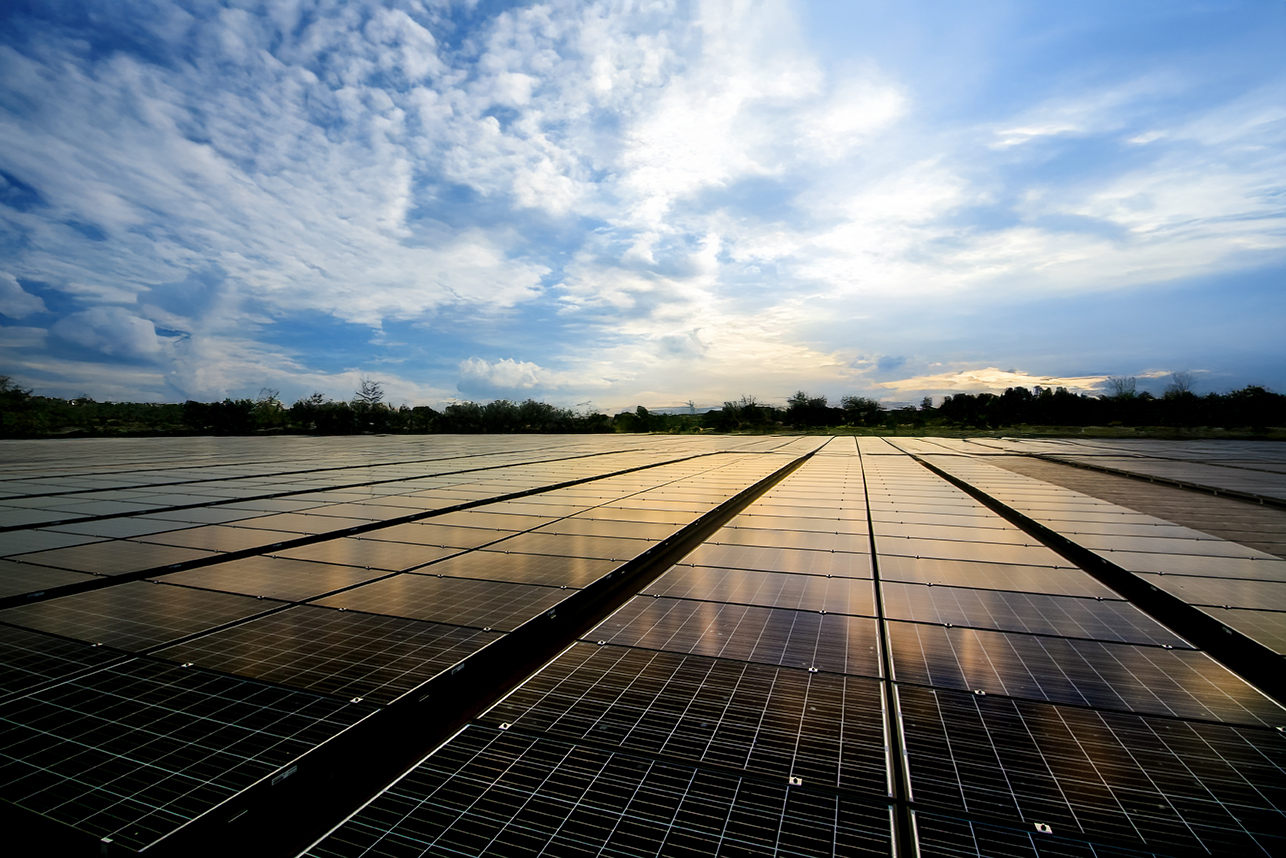The renewable energy sector is growing rapidly. Experts say that the global renewable energy market will be worth USD 3.60 trillion by 2030. They say it will grow at a rate of 17.2% from 2024 to 2030. As this industry grows quickly, one important thing decides if renewable energy systems will be successful: how efficient they are.
Optical components in renewable energy are special devices that control light to make the most of how much energy is converted. These include anti-reflective coatings, concentrating lenses, wavelength converters and advanced nanostructures.
This article looks at how optical parts are making solar panels more efficient, examines the latest innovations that are changing the industry, analyses their economic impact and provides practical ways for energy professionals to use these technological advances.
Understanding Optical Components in Renewable Energy Systems
Core Functions and Operating Principles
The most important parts of optical component technology in renewable energy are light concentration, anti-reflection and wavelength conversion. These functions work together to overcome the limitations of traditional energy conversion systems, where a lot of available energy is lost through reflection, scattering, or inefficient absorption.
Light concentration is a way to focus sunlight onto photovoltaic cells. These cells are made smaller and more efficient. Lenses, mirrors or special optical structures are used to do this. This approach lets you use high-performance solar cell materials in smaller amounts while keeping the same efficiency in the system.
Anti-reflection techniques make sure that as much light as possible is absorbed by the surfaces that capture energy, so that the light can get right into the active conversion layers.
Advanced Materials and Integration Methods
The materials used in these optical components have changed a lot in recent years. Thanks to special glasses that have been designed to work perfectly, along with films made from plastic that have tiny particles in them and extremely small crystal-like structures made using very clever manufacturing methods, we can now achieve levels of performance that would have been impossible just ten years ago.
The way in which they are added depends on the type of renewable energy system. In solar installations, optical parts can be added directly to the manufacturing of solar panels, added as extra layers that can be added afterwards, or used in systems that track the sun’s movement throughout the day.
Wind and hydroelectric systems use optical parts to monitor and control systems. These systems use fibre optic sensors and LiDAR technology to provide real-time performance data and allow predictive maintenance.
Solar Energy Applications: Boosting Photovoltaic Performance
Anti-Reflective Coatings and Surface Enhancements
Solar energy applications are the most common use of optical components in renewable energy systems. Today’s solar panels are about 19% to 23% efficient, but improvements in technology are making them much more efficient while reducing the cost of each watt of power they can produce.
Anti-reflective coatings are one of the simplest ways to improve how solar panels work. Normal silicon solar cells lose about 30% of the light that hits them to reflection. Modern multi-layer anti-reflective coatings can reduce this loss to less than 2%, making the system 2-4% more efficient.
Concentrator Photovoltaic Systems and Light Management
Concentrator photovoltaic (CPV) systems are the most advanced type of solar optical technology. These systems use Fresnel lenses or parabolic mirrors to concentrate sunlight many times more than normal onto small solar cells.
CPV systems are very efficient because they use special solar cells made from a material called gallium arsenide. This makes the materials cheaper to use because only a small area of the lens is needed. However, CPV systems need precise mechanisms to track the sun and work best in regions with high levels of direct sunlight, which limits where they can be used.
Advanced Wavelength Conversion and Bifacial Technologies
Luminescent solar concentrators are a special type of technology that can convert different types of light into the right kind for solar panels. These systems use special materials that are put into see-through plates. These materials absorb high-energy light and then emit it at wavelengths that solar cells can convert more efficiently.
Bifacial solar panels are popular because they can capture light that has bounced off the ground, buildings and other nearby structures. Specialised optical films and treatments on the back of the panel can increase how much light bifacial panels capture by 15-30% compared to traditional single-sided panels, especially when they are used in places where the ground or buildings reflect a lot of light.
Next-Generation Solar Cell Technologies
The frontier of optical components in renewable energy extends far beyond traditional silicon solar panels, encompassing revolutionary technologies that promise to reshape energy generation entirely. These emerging innovations combine advanced materials science, artificial intelligence and precision manufacturing to achieve performance levels that challenge our fundamental assumptions about renewable energy limitations.
Material Durability and Environmental Resistance
Using optical components in renewable energy systems can be tricky. There are a lot of technical, economic and operational problems to deal with and these can have a big effect on the project. It is very important for energy professionals to understand these challenges and the solutions that have been proven to work. This is if they want to make the most of the benefits of optical components.
The durability of materials and how well they can resist the environment are both important problems for optical components used in renewable energy systems. In a lab, you can control and protect optical components, but in the real world, they are exposed to extreme temperatures, UV radiation, moisture, dust and mechanical stress for more than 25 years.
Growth Projections and Industry Scale
The market for renewable energy optics is expected to grow quickly. Industry experts think that the market for optical components used in renewable energy will reach $12.8 billion by 2030. This would mean an annual growth rate of 23.4% from the current level. This growth rate is much higher than the overall growth rate of the renewable energy market, which shows that optical components are becoming a bigger part of the value of renewable energy systems.
Final Thoughts
Optical components are making renewable energy more efficient and cheaper and creating opportunities to make solar, wind and hydroelectric systems better than ever before. The technologies explored in this article are just the start of a big change in how we capture and convert renewable energy. These technologies include proven anti-reflective coatings that deliver immediate 2-4% efficiency gains and revolutionary quantum dot and AI-optimised systems that promise even greater breakthroughs.
If you’d like to find out more, contact our team or call us at 01223 420329 or email our sales team at info@uqgoptics.com.




